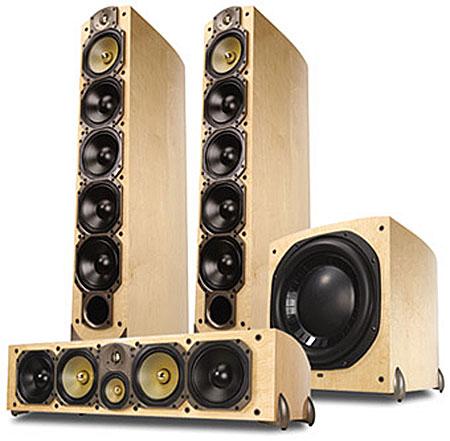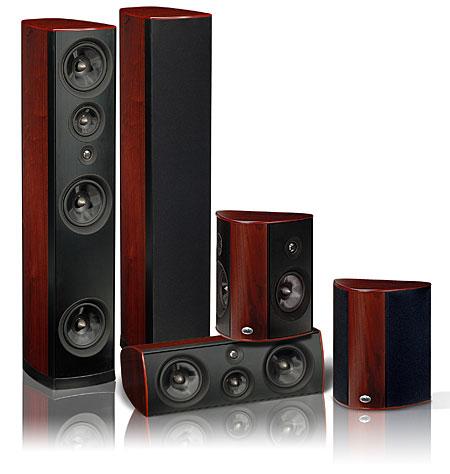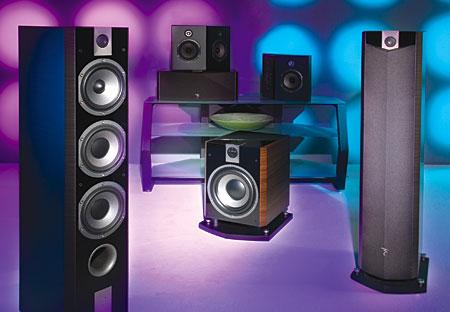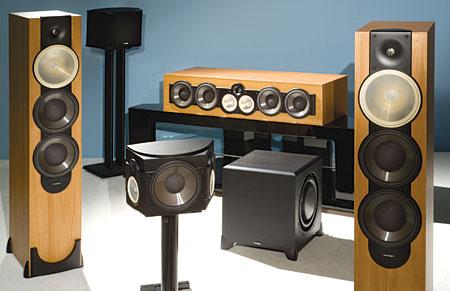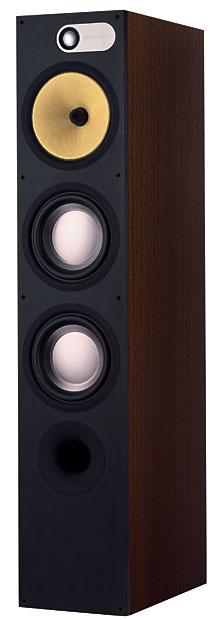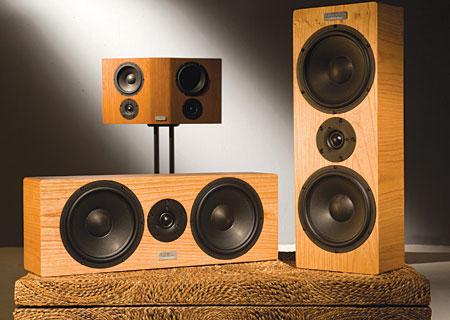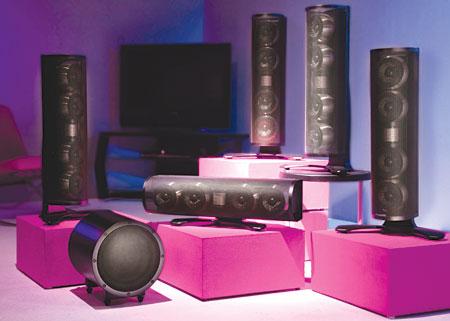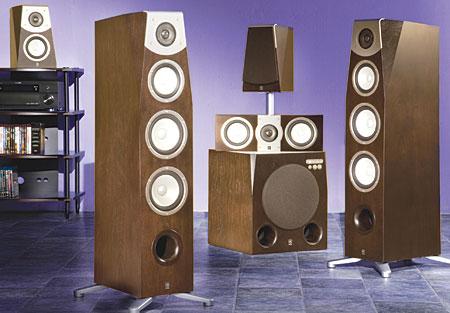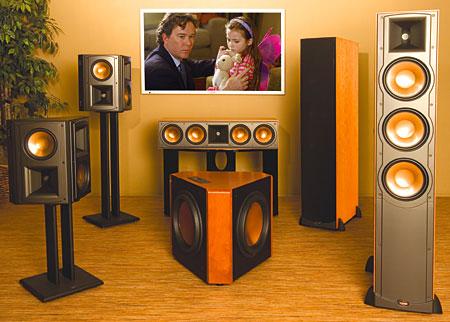|
Feb 04, 2008 |
First Published: Jan 04, 2008
|
Dec 20, 2007
|
Jan 18, 2008 |
First Published: Dec 18, 2007
|
Jan 18, 2008 |
First Published: Dec 18, 2007
|
Dec 10, 2007
|
Dec 10, 2007
|
Nov 15, 2007
